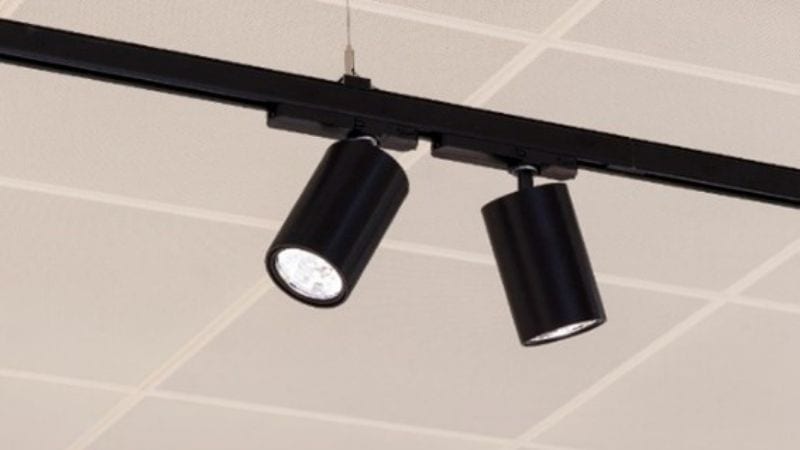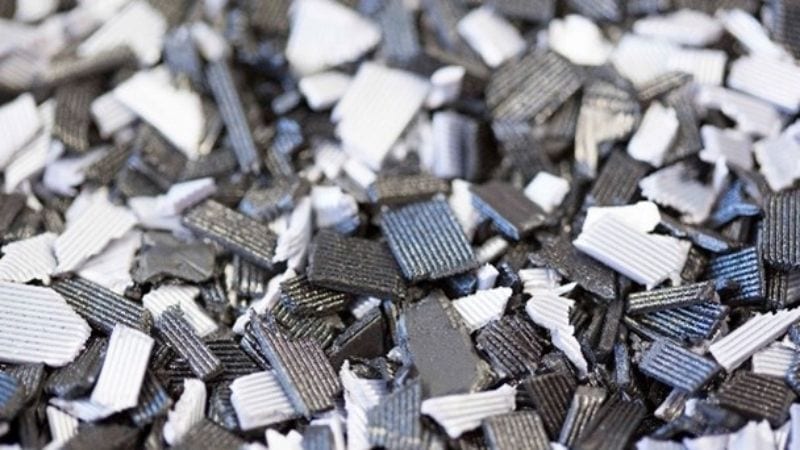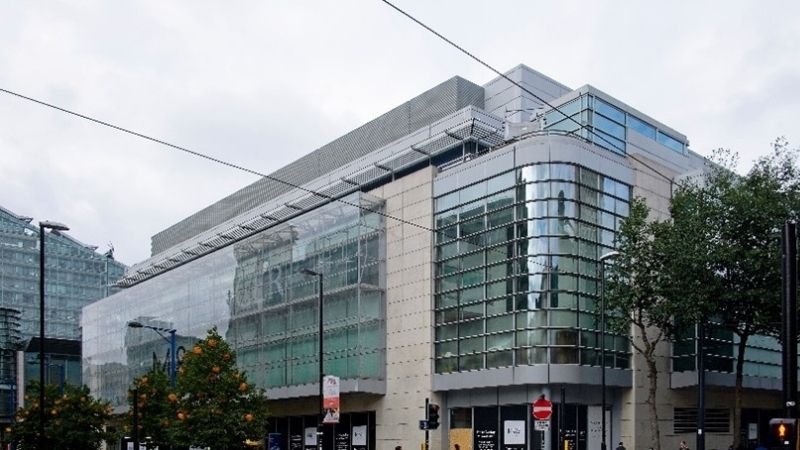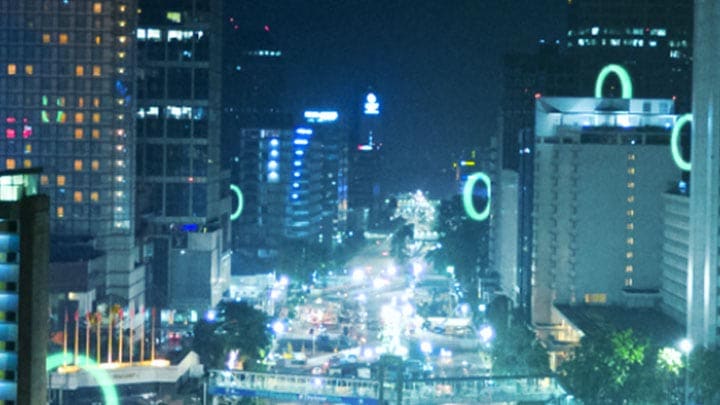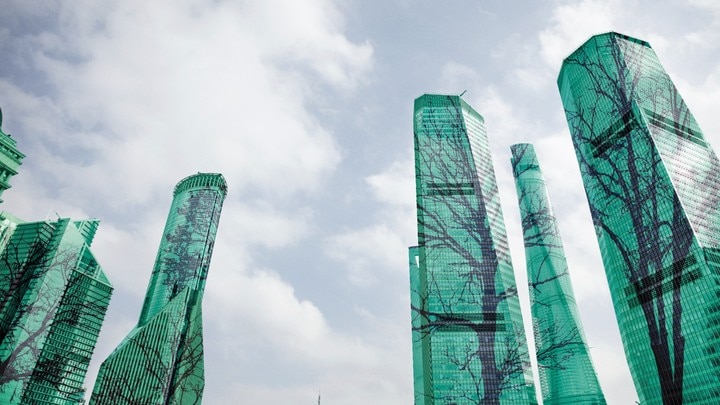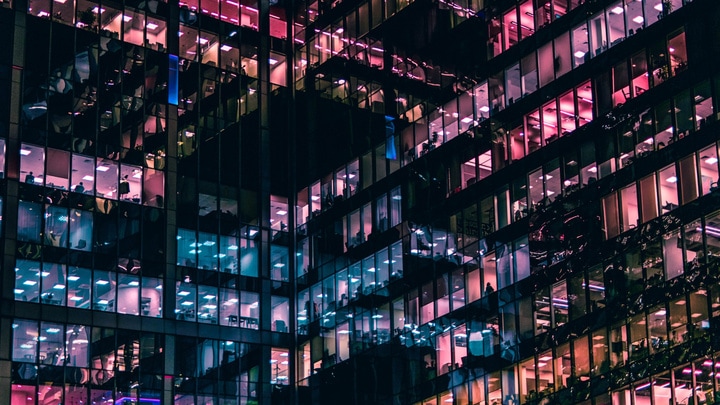October 8, 2020
Prominent UK-based retailer Marks and Spencer is making significant strides in becoming more sustainable by installing 3D printed luminaires
9 am. It’s your dad’s birthday. And for the second year running, you’ve forgotten to get him a gift. You race onto the high street and straight through the revolving doors, scanning the shop floor in search of the perfect last-minute gift. We’ve all been there.
But when was the last time you took a moment to look up at the light illuminating that frantic search? At many Marks & Spencer (M&S), this lighting has recently taken a remarkable journey; they’re now 3D printed luminaires.
